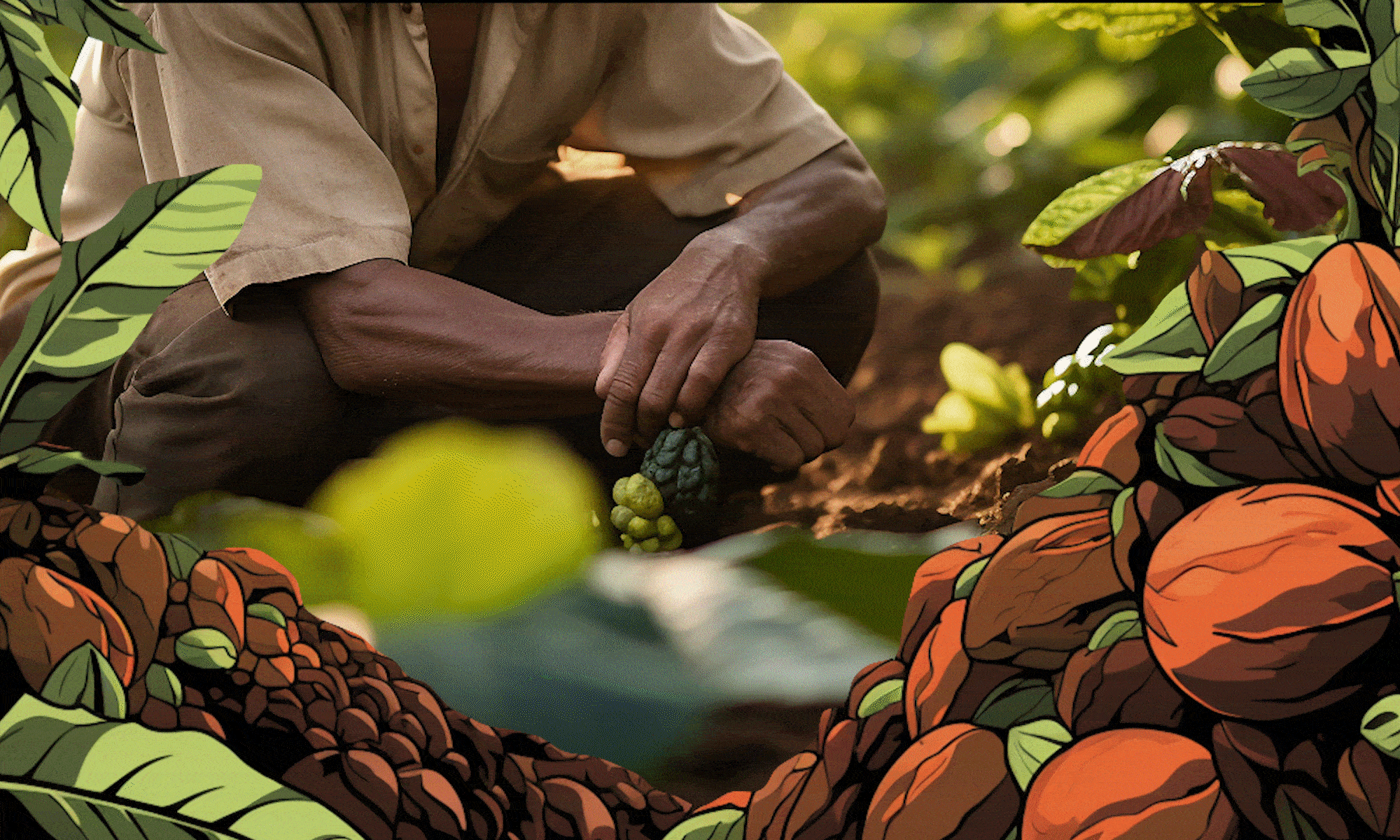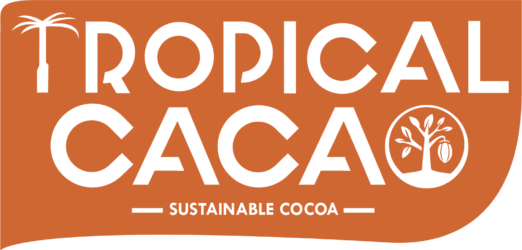Navigating Standards for Success 🌟
In today’s conscious consumer market, certification programs play a pivotal role in shaping sustainable cocoa production. This comprehensive guide explores how certification systems impact farmer livelihoods, environmental practices, and market access.
Understanding Cocoa Certification 📋
Major Certification Programs
Key global standards include:
- Fairtrade International
- Rainforest Alliance
- UTZ Certified (now merged with Rainforest Alliance)
- Organic certification systems
- ISO standards for cocoa
Market Impact
Current certification trends show:
- Less than half of global cocoa production is certified
- Changing consumer demand for certified products
- Increased market access opportunities
Certification Benefits
Environmental Impact 🌱
Sustainable practices required by certification:
- Forest preservation protocols
- Biodiversity protection measures
- Water conservation methods
- Soil health management
- Chemical use reduction
Social Benefits 👥
Community improvements through:
- Fair labor practices
- Worker safety standards
- Gender equality initiatives
- Community development programs
- Education access
Economic Implications
Cost Considerations 💰
Understanding financial aspects:
- Initial certification costs
- Annual audit expenses
- Implementation investments
- Training requirements
- Documentation systems
Return on Investment
Measuring economic benefits:
- Premium price advantages
- Market access opportunities
- Productivity improvements
- Quality enhancements
- Long-term sustainability
Implementation Process
Certification Journey 🛤️
Step-by-step guidance:
- Standard selection
- Gap analysis
- Implementation planning
- Training and documentation
- Internal inspection
- External audit
- Certification achievement
Common Challenges
Addressing key obstacles:
- Initial investment requirements
- Technical knowledge gaps
- Documentation demands
- Compliance monitoring
- Continuous improvement needs
Technology Integration
Digital Solutions 💻
Modern tools supporting certification:
- Blockchain traceability
- Digital record-keeping
- Mobile monitoring apps
- GPS mapping systems
- Quality tracking platforms
Data Management
Efficient systems for:
- Compliance documentation
- Audit preparation
- Performance tracking
- Impact measurement
- Reporting requirements
Market Access
Buyer Relationships 🤝
Benefits including:
- Direct market connections
- Long-term contracts
- Premium pricing
- Quality recognition
- Brand partnerships
Consumer Trust
Building value through:
- Transparency
- Traceability
- Quality assurance
- Sustainability claims
- Brand reputation
Continuous Improvement
Best Practices 📈
Maintaining standards through:
- Regular training
- Performance monitoring
- Innovation adoption
- System updates
- Community engagement
Innovation Focus
Emerging trends in certification:
- Digital verification systems
- Remote auditing capabilities
- Real-time monitoring
- Integrated reporting
- Blockchain integration
Success Metrics
Performance Indicators 📊
Key measurements including:
- Environmental impact
- Social development
- Economic benefits
- Quality improvements
- Market access gains
Long-term Value
Sustainable benefits through:
- Ecosystem preservation
- Community development
- Economic stability
- Market security
- Brand value
Future Outlook
Emerging Trends 🔮
Evolution of certification:
- Harmonized standards
- Digital integration
- Simplified processes
- Enhanced traceability
- Consumer connectivity
Case Studies
Success Stories
Real-world examples:
- Small-holder achievements
- Cooperative successes
- Environmental wins
- Community transformations
- Market breakthroughs
Conclusion
Certification in cocoa farming represents more than just a market requirement—it’s a pathway to sustainable production, improved livelihoods, and environmental preservation. While challenges exist, the benefits of certification continue to drive positive change across the industry.
[Ready to begin your certification journey? Explore our support services and resources.]
Keywords: cocoa certification, sustainable farming, Fairtrade, Rainforest Alliance, UTZ certified, organic certification, sustainable agriculture, certification standards, environmental certification, fair trade practices

